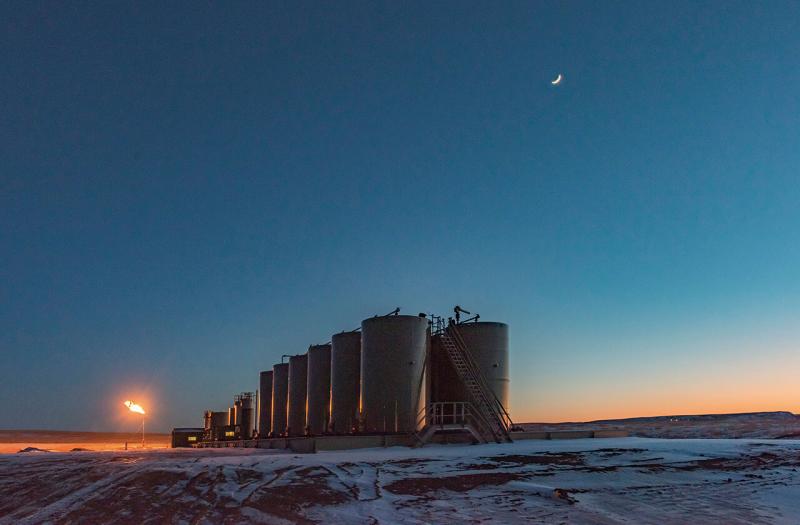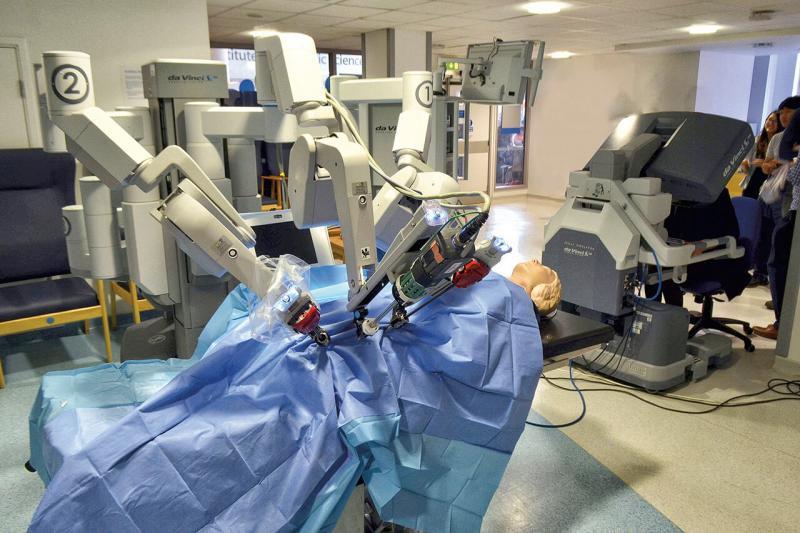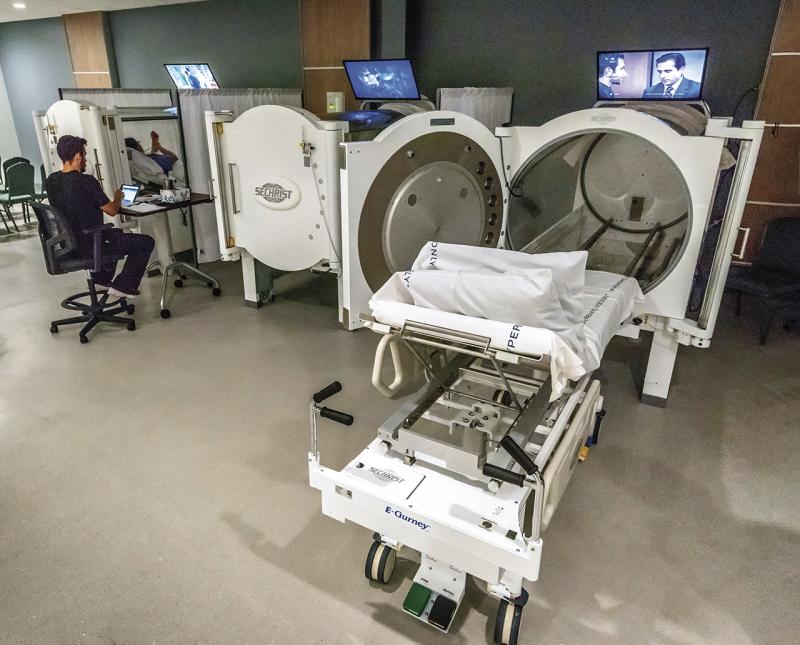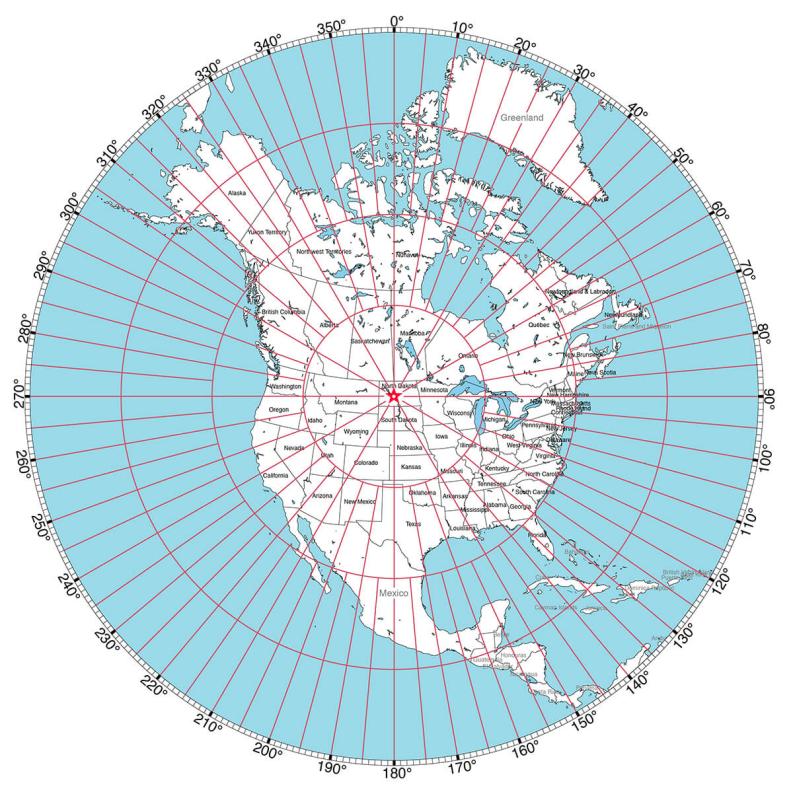North Dakota Helps Power the World with Natural Gas; the Newest Edition of 360 Review Examines the Ramifications to the Country

BISMARCK, ND—Our role as a major supplier of global energy continues to grow. American natural gas now supplies 23 percent of the world’s energy is on track to displace oil as top energy source, writes Mark Mills in the summer/fall issue of 360 Review Magazine, published by the University of Mary.
In “The Real Energy Revolution: Natural Gas,” Mills, who was the 2016 International Energy Writer of the Year, writes: “As with oil, it has been the dramatic impact of the shale revolution in the U.S. that has powered a real energy revolution,” Mills states in his article. “American shale technology was responsible for nearly one-third of all the world’s increased production of natural gas over the past decade. The Middle East was slightly ahead , accounting for 40 percent of the new supply. The U.S. Energy Information Agency (EIA) and other organizations forecast that U.S. shale production will increase another 25 to 100 percent over the next two decades. At that minimum rate, America would become the world’s second-largest source of natural gas, only slightly behind all Middle East producers combined.”

That bodes well for North Dakota, the second largest oil producer in the United States and home to the Bakken Formation in the Williston Basin—an organic-rich source of shale rock for oil and natural gas. According to EIA, North Dakota produces more than 2 billion cubic feet of natural gas per day.
“As it stands now, the world will soon need far more LNG (liquid natural gas) than existing export capacity can meet,” added Mills. “It is entirely feasible for the U.S. to meet half the world’s net new demand for LNG over the coming decades. If that were to happen, it would result in a nearly 10-fold increase over current American LNG exports. Not only would such an expansion yield enormous domestic economic benefits (roughly $200 billion a year added to the U.S. economy), but it would also reshape the geopolitical landscape.”

In North Dakota, and across America’s shale gas sector, productivity is being driven by machine learning, artificial intelligence (AI) and robotics. These new techniques are enabling “lower costs, faster and more efficient production, and often radically improving productivity. Digital technologies can, in effect, squeeze more money from rocks,” added Mills.
In “Robophobia: Work in the Age of Robots,” Mills’ second article in this issue of 360 Review Magazine, he writes about the fear of AI (artificial intelligence). Mills argues against the common view that automation and robots will destroy so many jobs that unemployment will radically, permanently increase. Mills argues the contrary.
“We’re long overdue for improving labor productivity in nearly every part of the service sector, especially healthcare,” he writes. “Over the past couple of decades, healthcare productivity—value added per labor-hour—has been stagnant. Adding knowledge automation won’t destroy work in healthcare, it will make it more affordable, better and, yes, expand employment. We can look to recent history for some obvious examples. We’ve seen word processors replace typing pools, spreadsheets replace rooms full of accounts doing ‘cyphering,’ software replace draftsmen and many more similar examples. But over these decades, both employment and the economy have grown.”

North Dakota also wants to be on the leading edge of technology that successfully treats people with traumatic brain injuries (TBI). In January, Fargo doctor Daphne Denham testified before the North Dakota House Human Services committee in Bismarck to promote the use of Hyperbaric Oxygen Therapy (HBOT) to treat TBI. Survivors also joined her in support of a bill to create a Medicaid-funded pilot study to treat 30 TBI patients with HBOT that would be run from her Healing with Hyperbarics of North Dakota clinic in Fargo. It’s Dr. Denham’s second such clinic, the first facility she opened three years before in Chicago.
“There are about 1,200 North Dakota residents living with severe brain injuries, which cost Medicaid more than $9 million yearly,” write Shea Ryalls and Patrick McCloskey, co-authors of “Hyperbaric or Hyperbolic? Treating Brain Injuries with Oxygen Under Pressure.” “Remarkably, the pilot study would seek patients still suffering debilitating symptoms after exhausting all standard care treatments. These symptoms include short-term memory deficits, cognitive impairment, disorientation, depression, frequent headaches and fatigue. In short, the study seeks to help TBI patients whose injuries are beyond the healing powers of traditional medicine.”
They add that the bill received strong support from North Dakota American Veterans (AMVETS) since many veterans suffer from the long-term and often devastating effects of TBI, including post traumatic stress syndrome (PTSD).
HBOT has already proven to be successful for Dr. Denham’s patients and much less expensive than standard treatment methods. HBOT is a simple, safe, non-invasive and painless treatment that combines pressure and 100 percent oxygen—done in a total body chamber—that greatly enhances the body’s natural healing capacities. The article notes, the Journal of Neurotrauma declared no major advancement in the treatment of TBI in the last quarter century—except HBOT.
Certainly there is a need. Every year, there are more than 2.5 million TBI-related emergency department visits in the U.S. resulting in about 282,000 TBI-related hospitalizations and 56,000 TBI-related deaths. Also, according to the North Dakota Medical Foundation, about 15 percent of the state’s 27,000 high school athletes are concussed yearly.
Karen Herzog, the editor-and-chief of University of Mary’s Momentum Magazine, ventured to the Geographical Center of North America — which happens to be in North Dakota. But where in North Dakota? Everyone, including Herzog, thought it was Rugby. Well, not everybody thinks that is true anymore, and they have science to prove it.

As Herzog notes in “Journey to THE CENTER™: Geography, Identity and Serendipity on the Prairie,” it’s a (tongue in cheek) feud between not two small towns, but now three, kind of like the “Hatfields vs. McCoys tale.”
This issue of 360 Review Magazine also features six articles exploring the relationship between the decline of Christianity—beginning in the 19th century—and the rise of fascism, communism and nihilism, which produced massive slaughter in revolutions, world wars, the Holocaust, gulags and terrorism. The way out of the past and future abyss, authors argue, involves the re-establishment of the Judeo-Christian foundations of Western Civilization.
People can get their hands on a free 360 Review Magazine printed copy by emailing tjmccleary@umary.edu. Or click here to download a digital copy: https://issuu.com/umary/docs/360_issue_4_all_high_res
